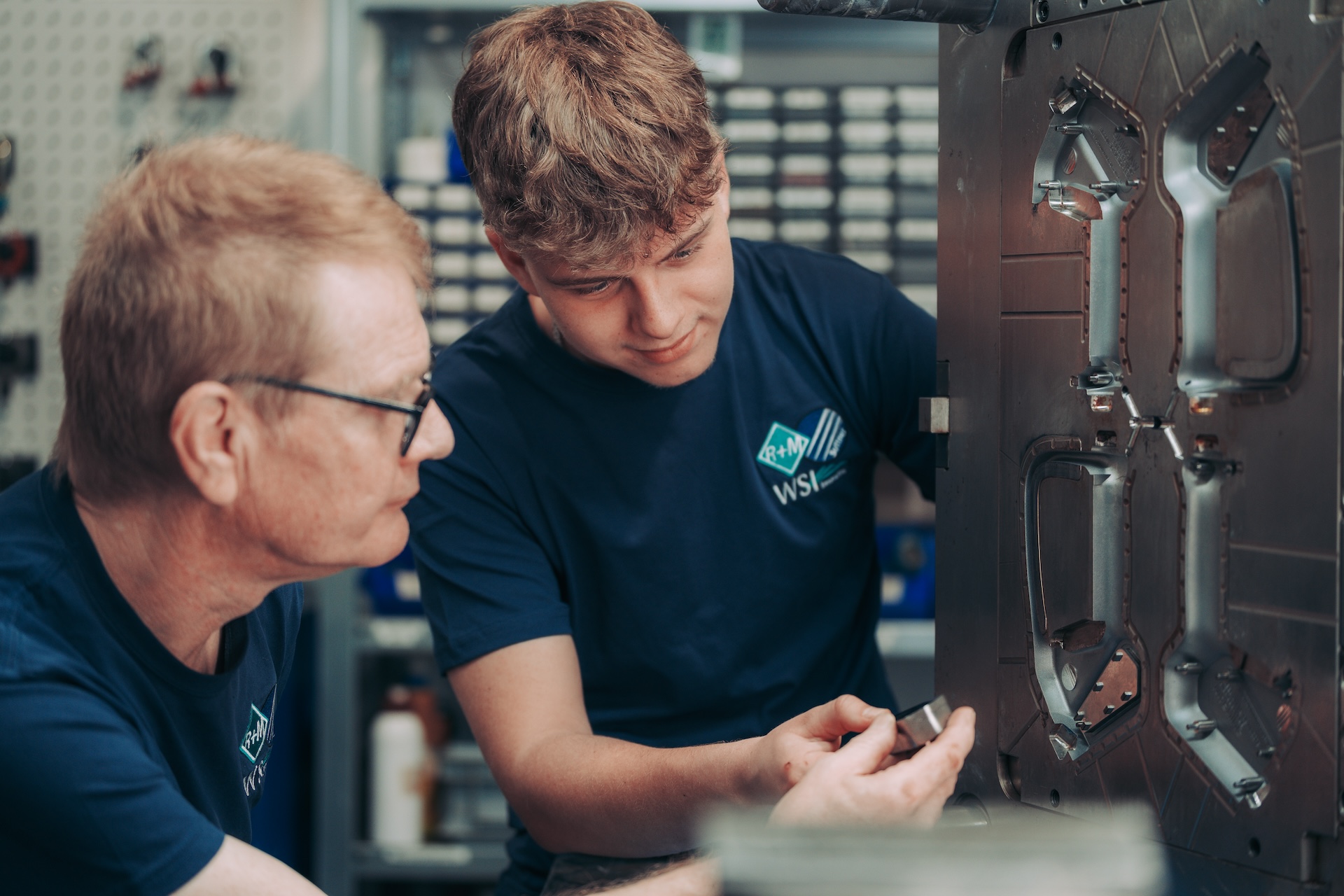

A high-pressure washer is only as effective as its settings: workplace safety, protection of sensitive surfaces, and cleaning performance all depend on the right pressure level and suitable nozzle. Incorrect combinations can lead to damage, inefficiency, and excessive water use. This guide explains which pressure ranges and nozzle types are ideal for each application.
| Surface | Recommended Pressure |
| Wood, aluminum, painted surfaces | 80–120 bar |
| Concrete, stone, robust outdoor areas | 150–200 bar |
| Car paint | Manufacturer recommendation – usually 80–130 bar |
Each additional centimeter of distance approximately halves the impact force, protecting sensitive materials from overpressure.
The impact per cm² depends on nozzle shape, pressure, and distance. Full-jet nozzles deliver the highest impulse, while flat jets provide a gentler effect.
Exact performance values depend on manufacturer data – professional advice is recommended for optimal results.
Influencing Factors:
Nozzle and cleaner model, flow rate, pressure, and wear determine rotation speed.
Higher speed: finer droplets, lower impact, greater area coverage.
Lower speed: larger droplets, stronger impact, smaller working area.
Trade-off:
Speed vs. effectiveness – users must decide whether area performance or cleaning intensity is the priority.
| Parameter | Gentle | Effective |
| Pressure | Low | High |
| Nozzle Type | Wide / Flat | Point / Rotary |
| Distance | Large | Medium / Small |
| Rotation Speed | High | Low |
The optimal combination of pressure, nozzle type, distance, and movement achieves maximum cleaning efficiency with minimal material wear. Experience and proper setup are key.
1. What happens if the pressure is too high on wood?
It destroys the surface texture, washes out fibers, and roughens the wood – paint or sealant layers may peel off.
2. What should I consider for car paint?
Follow manufacturer recommendations – usually 80–130 bar with a flat, wide jet nozzle. Maintain at least 20 cm distance.
3. Which nozzle is best for stone surfaces?
Rotary or point jet nozzle at 150–200 bar, about 10–20 cm distance, and a 45° spray angle.
4. How is impact force calculated?
Experts use flow rate (l/min), pressure, and droplet size. Reference charts and manufacturer data provide reliable guidance.
5. When should I use a surface cleaner?
For areas larger than 4 m² – surface cleaners provide high area performance with minimal splashing.
6. How can I balance the speed-effectiveness trade-off?
High rotation speed = faster coverage, gentler cleaning.
Low rotation speed = more focused cleaning on smaller areas.
Choose depending on the material and cleaning goal.
Only with the correct pressure, carefully selected nozzle, precise distance, and controlled movement can you achieve an effective, gentle, and sustainable cleaning result – efficient, eco-friendly, and longer-lasting for both your equipment and surfaces.